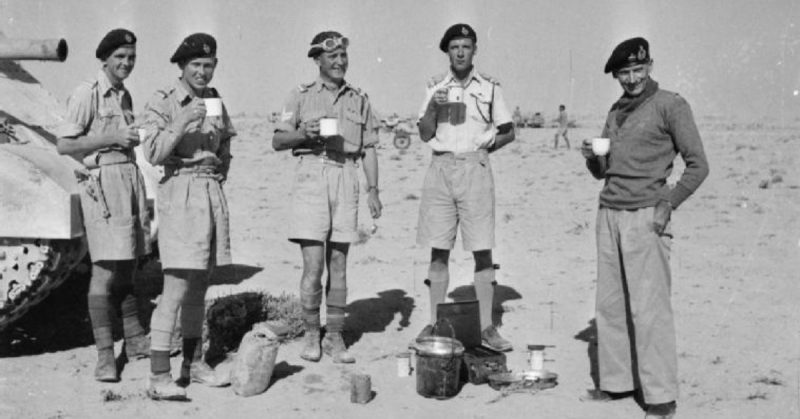A method needed to be found where crews could remain in their vehicle and alert while preparing their staple afternoon tea.
Britain is known for many things around the world, but perhaps the most quintessentially British thing that most people know of is tea time. Life in Britain comes to a halt when the time for afternoon tea comes around.
The British love their tea so much that they’ve changed the way that they have fought wars; sometimes, they even seemed to put battles on hold to accommodate their tea time.
In point of fact, their obsession goes so far as to affect the design of their armored vehicles. Ever since the Second World War, most British armored vehicles and every main battle tank have been equipped with a hot plate in the crew compartment. This is to allow the crews to brew tea without leaving the vehicle and being exposed to enemy fire.
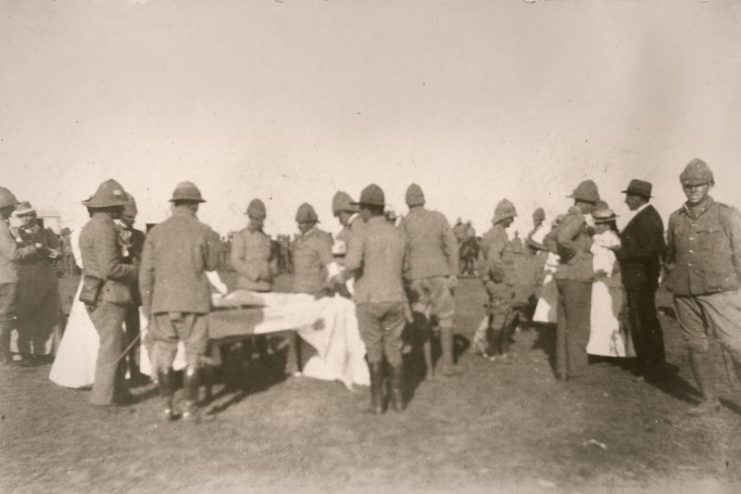
While this novel addition might just appear to be a creature comfort or something that was done as a morale booster, it is actually rooted in experience gained as a result of severe losses in numerous combat situations.
The British army has suffered numerous and grievous losses over the years thanks to tea times, and I don’t just mean when we dumped a lot of it in Boston Harbor during the Revolution. Entire British units have been almost wiped out all because they let their guard down to have a cup of tea.
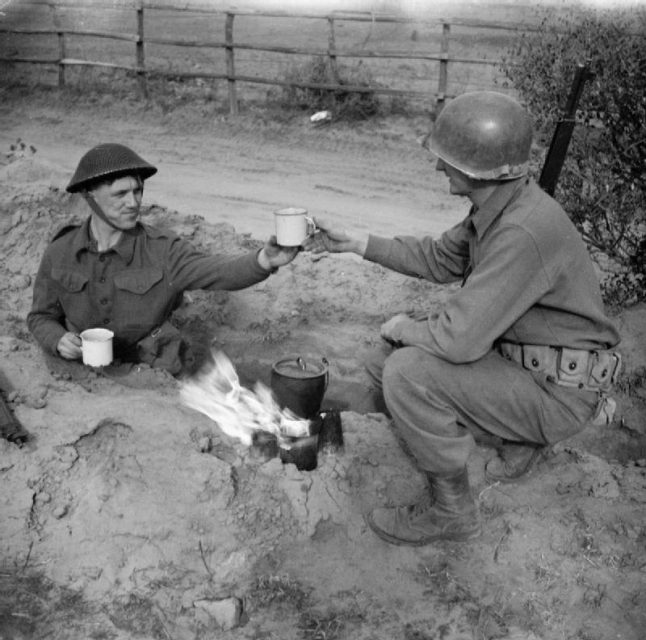
While the brewer plate may seem to be a British affectation, it is one that the crew of armored vehicles in other nations are jealous of.
Every other nation requires its troops to leave the vehicle to prepare any type of heated ration. Even American flameless heat rations are not intended to be cooked indoors as they can give off fumes which can be harmful in a closed environment.
So, when troopers got to see that the British had a hot plate built in, they tried to copy it with varying degrees of success by jury-rigging one into their own systems.
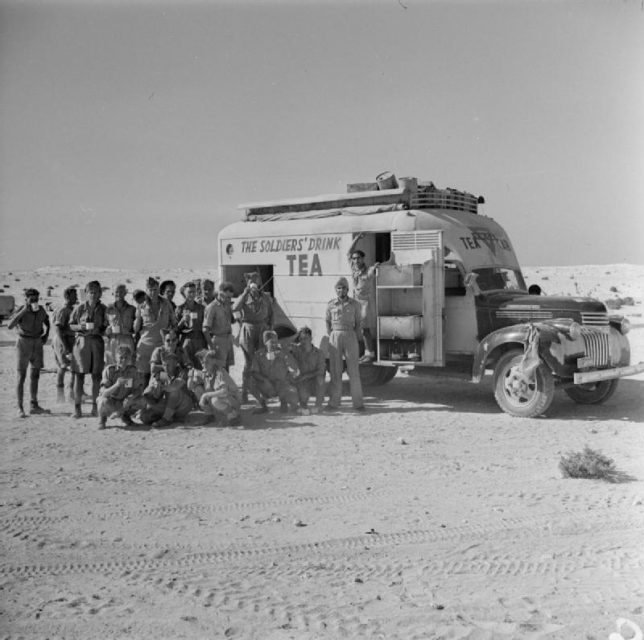
Such additions have not usually been official ones but rather where a trooper buys a commercial item and attempts to adapt it for use with the vehicle’s electrical system.
Many American vehicles have systems that allow you to keep food hot, but none come with anything like the British hot plate. It is not just only useful for tea, it can also be used to cook nearly any other item, like grilled cheese sandwiches for example.
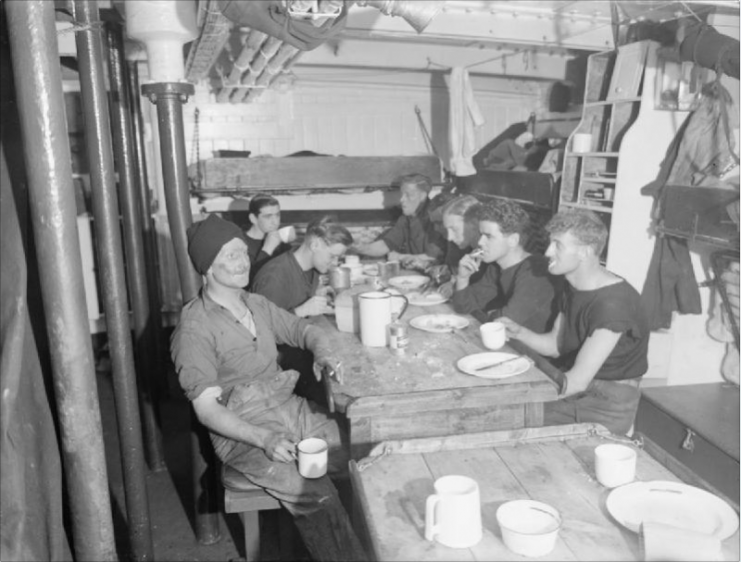
One might ask as to what led the typically very conservative British military to come up with such a useful piece of equipment for their armored vehicles. My guess is that it has to do with what happened at the Battle of Villiers-Bocage in France in 1944.
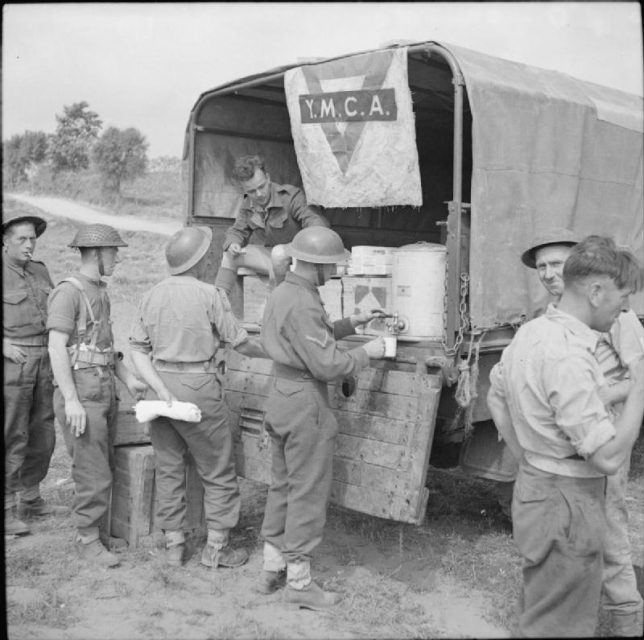
This took place just after the Normandy invasion while the British were continuing their armored drive to capture the town of Caen in France.
Arriving at what they took to be a relatively undefended French town, a British task force of armored vehicles and infantry carriers took advantage of what they saw as a lull in the fighting. The whole unit dismounted from their vehicles and let down their guard almost entirely. They began to brew their afternoon cup of tea, only to be rather rudely interrupted.
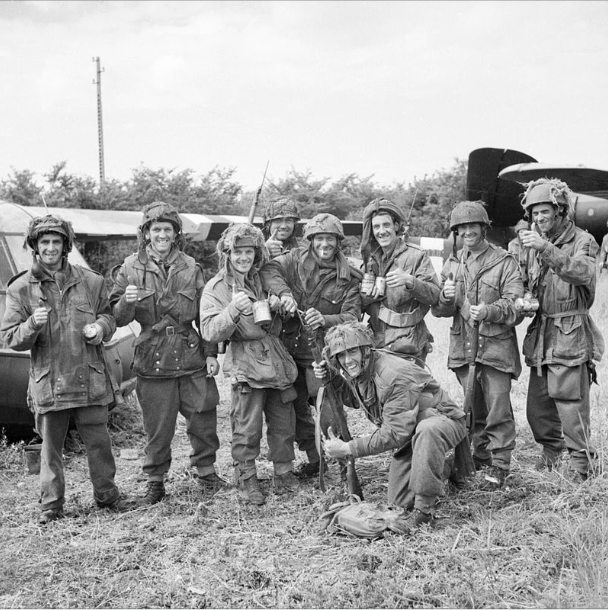
Advancing from a flank was German tank ace Michael Wittmann in his mighty Tiger tank. Shooting the vehicles at the front and back of the column to trap them, he swiftly began to destroy the British column. Starting with the armored vehicles that posed a threat to his Tiger, he worked his way methodically through the column.
Once all the tanks were destroyed, he worked on the lighter armored vehicles. One after another, they went up in flames as his shells hit. Wittman’s private war that day was only stopped when his Tiger suffered a mechanical breakdown. An entire column was destroyed, and the British push stopped in its tracks.
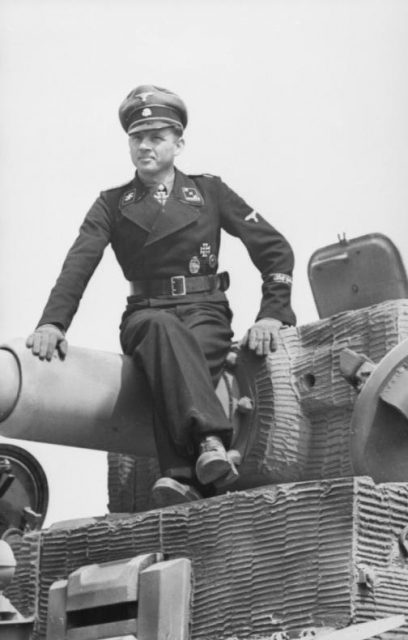
This is not the only instance where British columns stopped to brew their afternoon cuppa and were caught unawares. Rommel’s forces in the western desert were known for coming upon British columns in the middle of the same act.
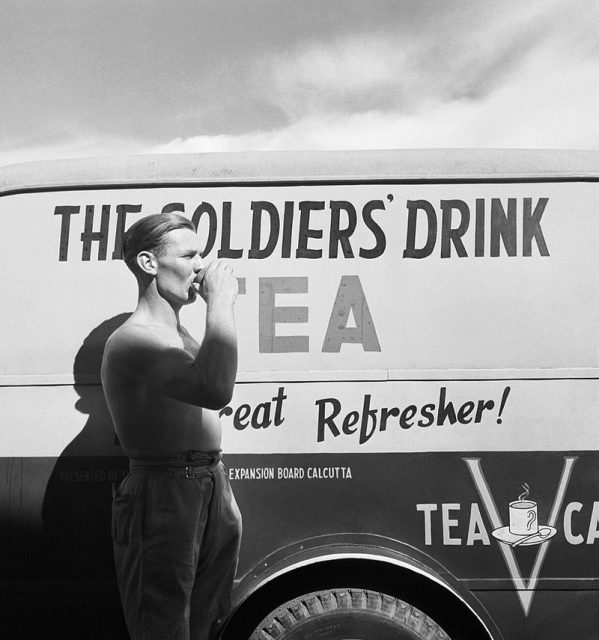
Events like this added up to slaughter against crews unable to defend themselves. A method needed to be found where crews could remain in their vehicle and on alert while preparing their staple afternoon tea.
The British, for once, were ahead of the curve and introduced a hot plate into their first major post-war British design tank. Ever since then it has been a feature, and continues to be to this day.
